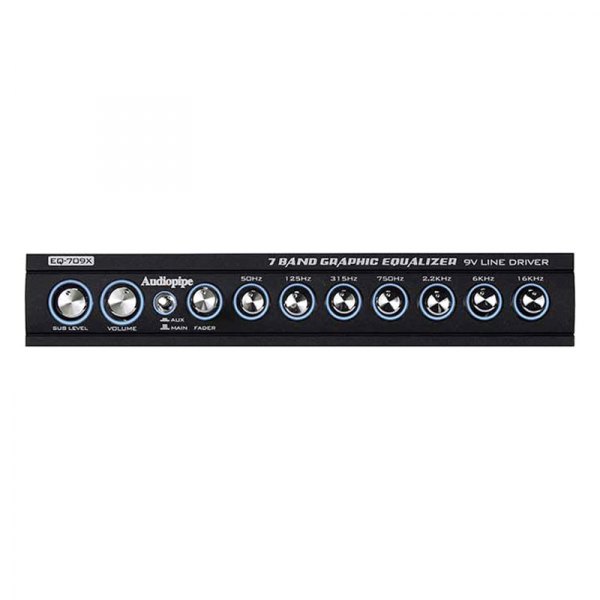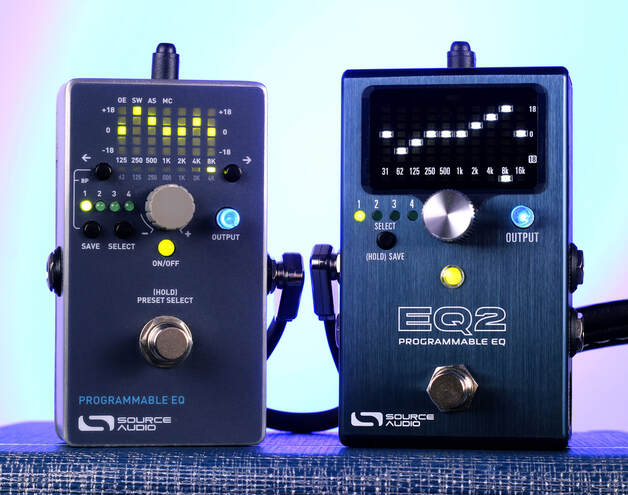
“We can’t really hear them well anyway and they can get out of hand and start rumbling your room,” she says.


Producer and mixer Lo Boutillette uses high-pass filters to cut the low basses. A high-pass filter cuts the low frequencies and lets high frequencies pass through, while a low-pass filter does the opposite. These filters are important tools in any good EQ plug-in. Set limits with high-pass filters and low-pass filters. If you cut something and all the beefiness to the sound just goes away, you may want to keep that in or even boost it a little more.” If you boost something and don’t like how it sounds, you can cut it a little bit. “You can either go up or go down on one of the fixed frequency points. “The cool thing about graphic EQs is how simple they are,” says producer and engineer Gus Berry. This makes for easy cutting and boosting, but you risk altering frequencies that you aren’t trying to alter. On a 10-band EQ, the centre frequencies are an octave apart, so each adjustment covers a whole octave of tones. With so many bands to work with, you can adjust narrow ranges of frequency.

On a 31-band graphic equaliser, the centre frequency of each band is one-third of an octave away from the centre frequencies of adjacent bands. The most sensitive human ears can hear roughly between 20 and 20,000 Hz.) Low notes travel in slow waves, high in fast. (Frequency - the rate at which a sound wave passes a certain point - is measured in hertz (Hz), which is the number of waves that pass a point in one second. If the bass is shaking the windows, you can just lower the slider of one of the lower frequency bands. If, for example, the treble is too loud on a track, cutting the volume on one or two of the higher frequency bands can soften it. Most graphic equalisers divide sound between 6 and 31 bands of frequency, with a physical or virtual slider controlling the volume of each band.

With sliders that move up or down in decibels (degrees of loudness), graphic EQs are so user-friendly they’ve become common features in car audio speaker systems and home theatres as well as recording studios. A graphic equaliser (EQ) offers a simple solution: boost or cut (make louder or softer) a specific range of frequencies to improve sound quality. A recording of music or spoken word can pick up a variety of tones, not all of them pleasant.


 0 kommentar(er)
0 kommentar(er)
